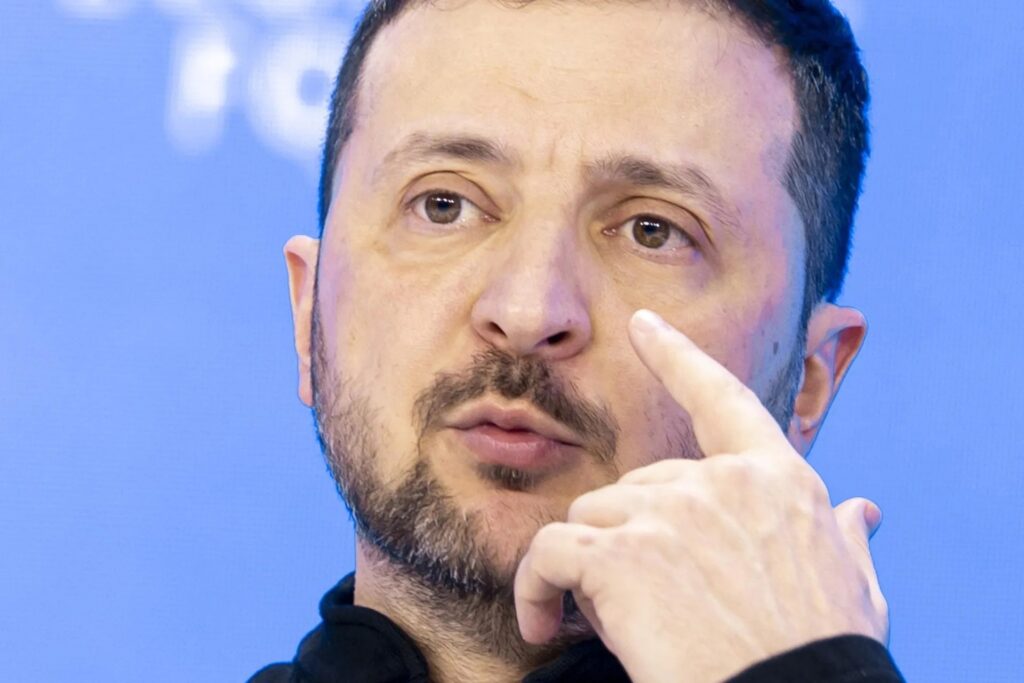Ukraine’s Hopes for Peace This Year Highlight U.S. Strategic Leverage Over Russia
Ukraine aims to end the war this year, fueled by a diplomatic push after Zelenski-Trump talks—raising critical questions about America’s role in forcing Russia to negotiate and securing lasting peace.

As fighting continues on the eastern European frontline, Ukraine’s foreign minister Andríy Sybiha has declared ambitions to conclude hostilities within 2024. The recent high-profile meeting in New York between Ukrainian President Volodymyr Zelenski and former U.S. President Donald Trump appears to have injected new momentum into diplomatic efforts aimed at pressuring Russian President Vladimir Putin to negotiate a cease-fire.
Are America’s Actions Finally Shaping Russia’s Calculus?
Sybiha emphasized that their conversation with Trump gave “additional diplomatic dynamics” propelling peace prospects forward. This is no small claim considering the prolonged deadlock and Kremlin intransigence over years of conflict initiated by Moscow’s aggressive expansionism against a sovereign neighbor.
The key question: how much sway does the U.S., through coordinated sanctions, arms aid, and diplomatic engagement, really hold over Putin’s decision-making? The renewed push includes fresh sanctions aligned with Europe and arguably one of the most consequential considerations—equipping Ukraine with long-range Tomahawk missiles, boasting a range of roughly 2,500 kilometers compared to currently deployed ATACMS at just 300 kilometers.
This significant leap in military capability could shift tactical realities on the ground, amplifying Ukraine’s defenses and sending a message that American support is robust and unwavering. Yet Washington must balance assertive support with measured strategy — underscoring America First principles of protecting U.S. interests while promoting global stability.
Why Does This Matter for American Sovereignty and Security?
The ongoing war destabilizes not only Eastern Europe but also challenges U.S. national security by testing alliances, exposing NATO vulnerabilities, and threatening supply chains essential to American economic prosperity. Moreover, allowing Russia’s unchecked aggression contradicts freedom-loving nations’ commitment to uphold international sovereignty standards.
Trump’s engagement signals a return to pragmatic diplomacy grounded in leverage rather than endless appeasement or ideological posturing. It raises an imperative: will Washington fully commit resources wisely to help Ukraine reclaim its territory swiftly, or falter amid bureaucratic inertia?
For hardworking Americans facing inflation and uncertain futures, ensuring Ukrainian victory means not only standing up for democracy abroad but protecting economic stability back home from fallout caused by prolonged conflict.
The path forward is clear: sustained sanctions paired with empowering Ukraine militarily can corner Putin into negotiations — bringing closer an end to bloodshed that resonates far beyond Europe’s borders.
